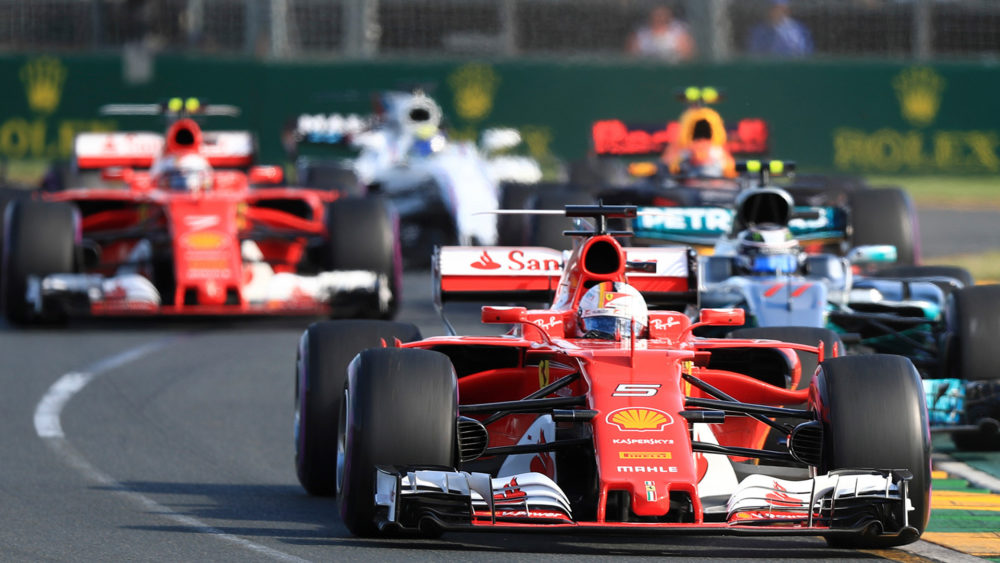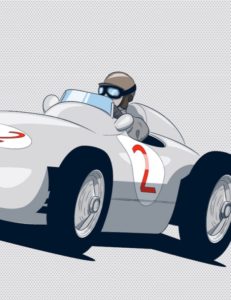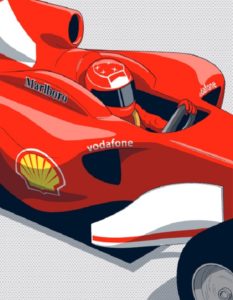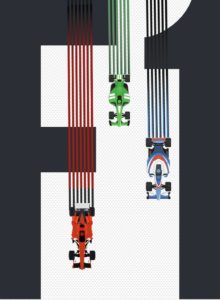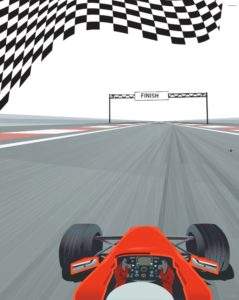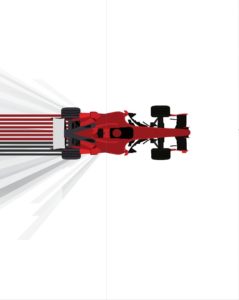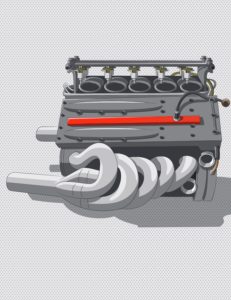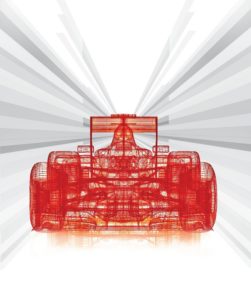Speed Read F1 Is an All-Encompassing Formula 1(01) Guide
Whether you’re a Formula 1 pro or you simply want to brush up on your racing history, Speed Read F1 has you covered.
Times are certainly changing in the world of motorsports. Manufacturers come and go, as do dominant teams. Engine displacement has waned as efficiency grows. An electric racing series threatens its very existence. And yet, for decades, Formula 1 has remained the world’s premier form of racing. That rich and storied history is captured perfectly in the forthcoming book Speed Read F1 by Stuart Codling.
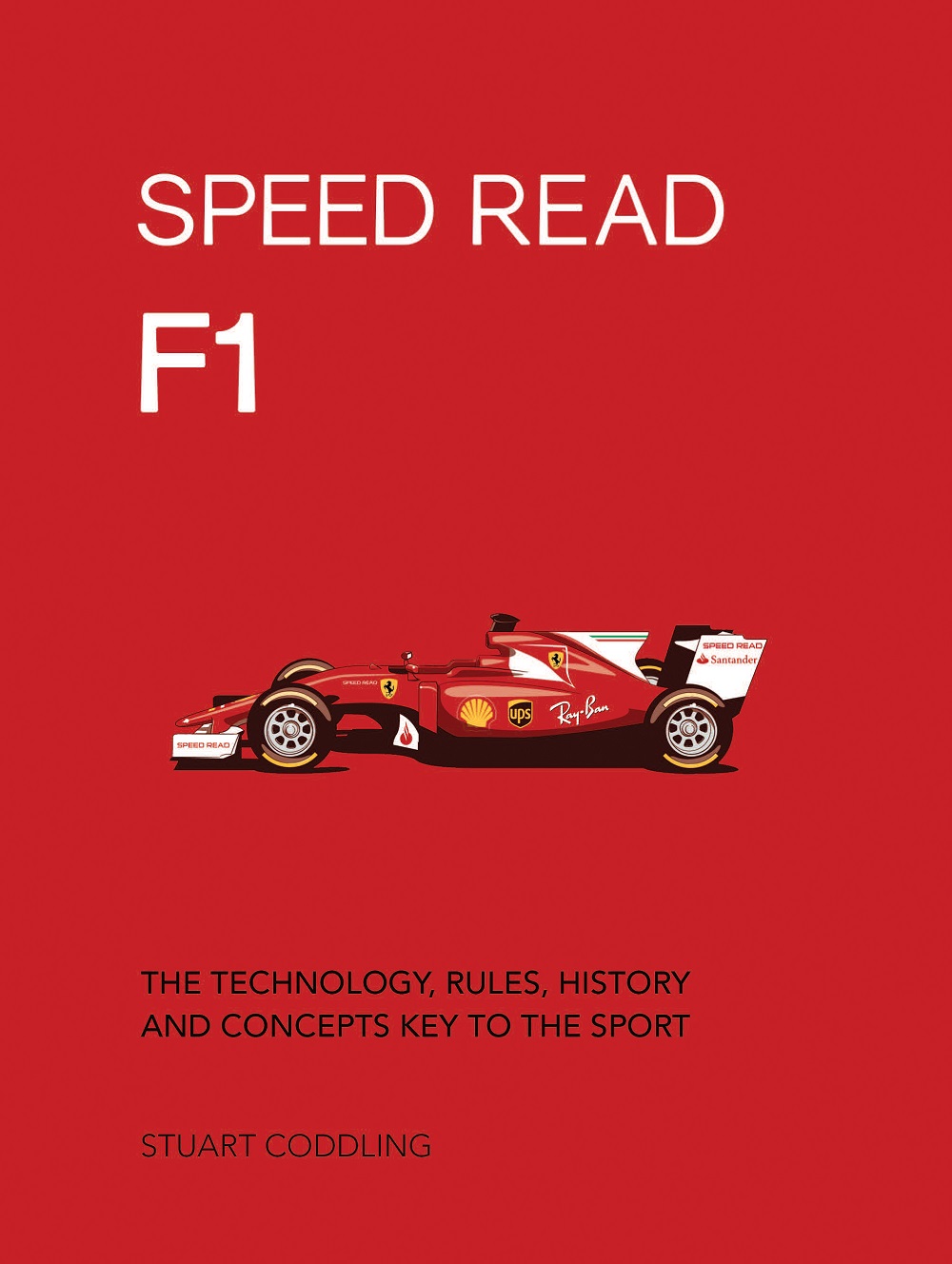
“The world championship for drivers began in 1950, followed by one for manufacturers in 1958,” writes Codling. “In the decades that followed, the sport has changed almost beyond recognition. The races have become slightly shorter, the cars massively more complex, and the rules more prescriptive and tightly enforced. No aspect of the sport’s operation has escaped the reach of commercial thinking.”
Unlike many other books written about Formula 1, Quarto Publishing Group’s Speed Read F1 , which is due out in October, is laid out in an organized manner suitable for newbies and experts alike. Codling begins with a comprehensive breakdown of F1 technology, including the evolution of engines, chassis setups, and aerodynamics. There’s even an entire section devoted to the many features that have been banned over the years.
Codling goes into great detail outlining the evolution of F1 technology. It’s almost unfathomable to think that we’ve gone from “ear-splittingly loud” engines of various displacements to highly restricted, much quieter hybrid systems that prioritize efficiency and reliability. Codling likens the engine as the “heart” of an F1 car, and the chassis as its “spine.” And like the engine, we’ve seen once basic steel frames evolve into central carbon-fiber structures known as “tubs.”
That tub is surrounded by bodywork formed by decades of development and research. And Codling sums up the predicament of aerodynamics in incredibly eloquently fashion. “It’s the tangle of conflicting needs that makes aerodynamics such an important and controversial area in the world of Formula 1. At its heart is the tradeoff between straight-line speed and cornering performance. Designers spent hundreds of hours researching parts that help their cars go around corners quicker, but they can also slow the cars down when traveling in a straight line.”
Section 2 is devoted to the most important aspect of any racing series – the drivers. Of particular interest is the rigorous training required of F1 drivers. As Codling notes, drivers are subjected to forces up to five times the force of gravity. Hard braking requires the leg strength needed to complete a 135-kilo single leg press. A true balance of cardiovascular fitness and strength is required, albeit without adding so much bulk that it counts against the car’s minimum weight balance.
‘It’s the tangle of conflicting needs that makes aerodynamics such an important and controversial area in the world of Formula 1.’
All the big (and not so big) names are mentioned as well. Codling covers, in extensive detail, all of the great driver rivalries in F1 history. Everything from Fangio vs. Farina to Hamilton vs. Rosberg, and everything in between. Of particular interest is a section dedicated to those who should have succeeded yet didn’t. As Codling notes, “Formula 1 is a cooperative effort between a human being and a machine, success depends on the excellence of both coming together at the same time.”
You’ll find plenty of fascinating stories like that of legendary driver Stirling Moss. Moss is regarded as the greatest driver to never win an F1 world championship, coming within one point of doing so in 1958. Or Chris Amon, who found success in many major sports car events yet never won an F1 race. There have been drivers whose careers covered but a few yards in one race, and those that spanned more than a decade.
‘Formula 1 is a cooperative effort between a human being and a machine, success depends on the excellence of both coming together at the same time.’
You’ll also find comprehensive information on all the various racing circuits F1 has graced over the years. From old air strips to modern city circuits, with a special section devoted to F1’s rebirth in the United States. Then it’s on to strategy and the role of business and sponsorship,. There’s even an entire section devoted to F1’s many tragedies and their impact on the evolution of safety technology.
All-in-all, it’s a fascinating read ripe with informative factoids and fascinating stories. Which is appropriate when you consider the context. After all, Formula 1 has never been easy, nor without controversy. Because you don’t become the most storied, sought after, and successful racing series in history without a few bumps in the road. And Speed Read F1 traverses all of those bumps with the grace of a modern F1 chassis.

